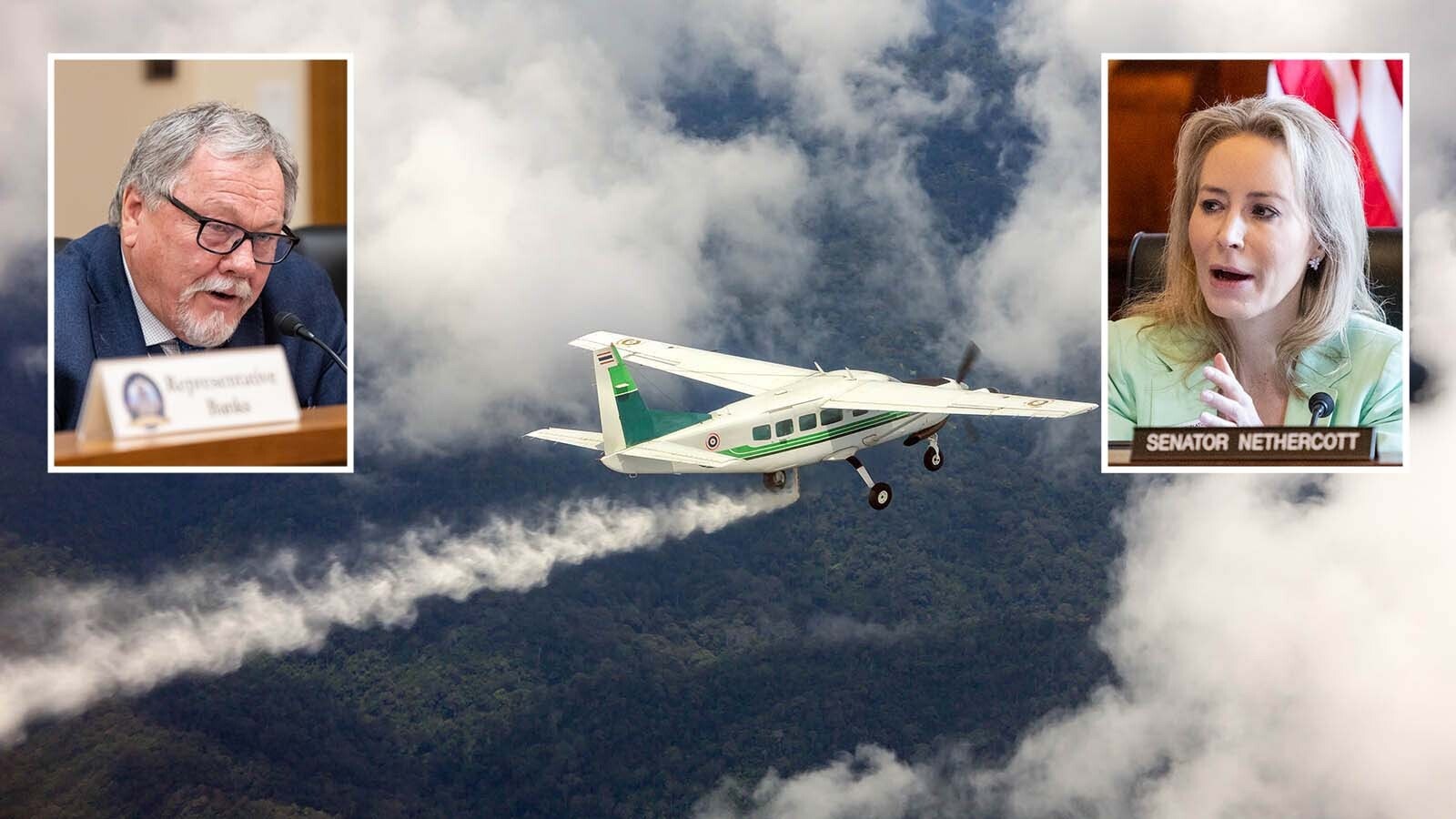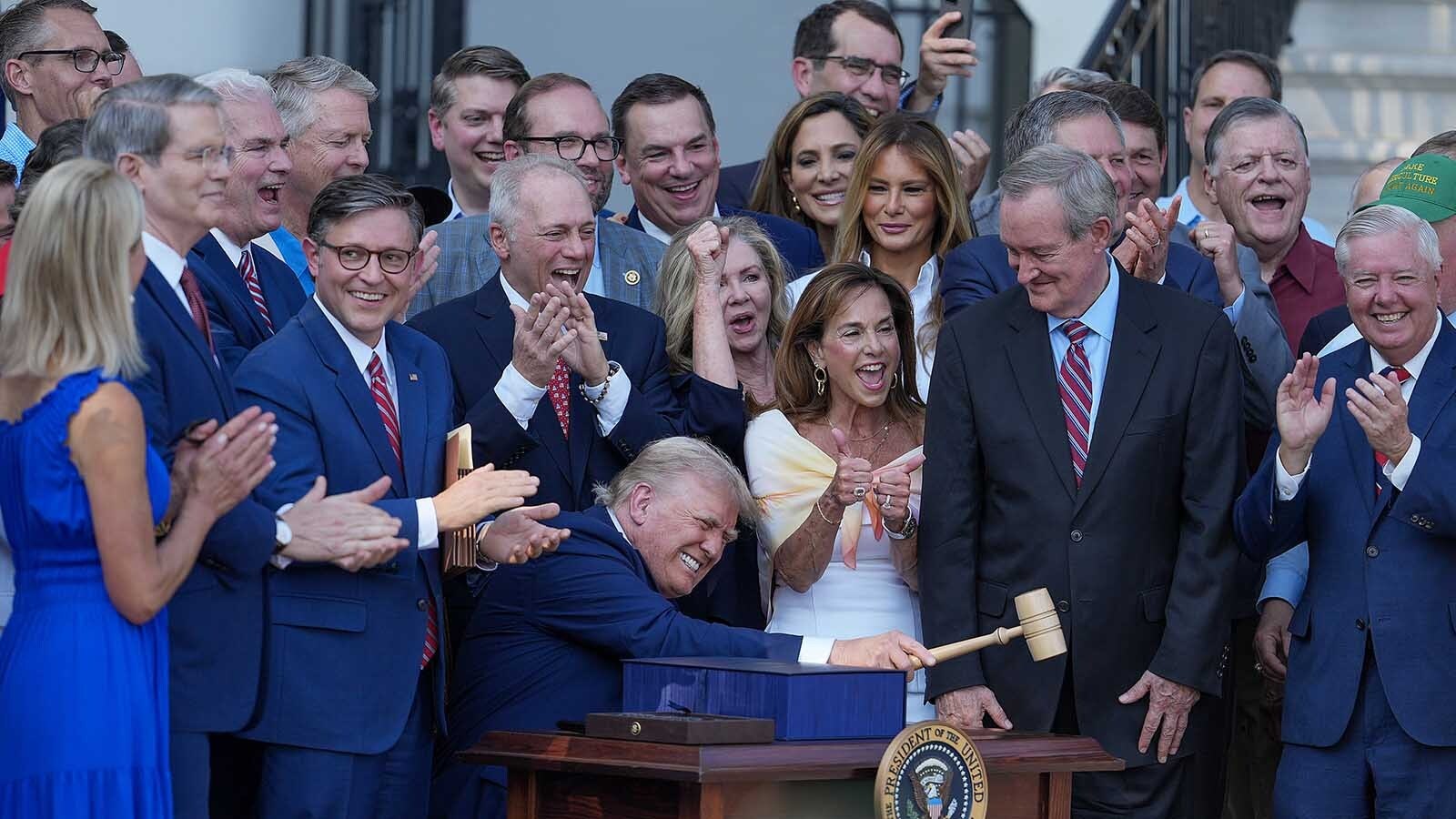CODY — This northwestern Wyoming town has spent the last year embroiled in a dispute over a 101-foot-tall Church of Jesus Christ of Latter-day Saints temple that has sharply divided the community.
The arguments and allegations over whether the temple is appropriate for the area, violates city zoning codes and was pushed through by biased city officials is coming to a head in court.
A judge in Park County heard the final arguments on Thursday in a lawsuit challenging the construction of the temple.
Although it’s likely one of the most contentious disputes to take place over a religious facility in Wyoming in recent memory, these debates — particularly over LDS temples — have grown in communities throughout America.
Eerie Similarities
Earlier this month in Fairview, Texas, a planning and zoning committee recommended rejecting a proposal for a 173-foot-tall LDS temple in that community. The Fairview mayor told a local CBS affiliate that the church's local attorney there has threatened the city and is behaving like a “bully.”
In Heber City, Utah, a judge is now reviewing a lawsuit challenging a large LDS temple that’s been proposed in that community. In Heber City, the church plans to build an 88,000-square-foot temple on an 18-acre site, a much larger project than the Cody Temple.
The Heber City Temple, which was approved by the Wasatch County Council in November, is expected to measure a whopping 200 feet at its tallest point.
There are striking similarities with the lawsuits challenging the Utah and Cody temples.
Like in Cody, a group of neighbors filed a lawsuit against Wasatch County after the council approved construction of the building.
According to KPCW, neighbors argued the church should have gone through a different approval process and claimed the development agreement encroaches on their property rights, disrupting their views and adding noise and light pollution, which would affect their privacy.
These were some of the exact same reasons used in opposition of the Cody Temple.
Wasatch County requested a dismissal of the case, but in late April a judge denied the motion and allowed the church to join the case. The church has been involved in the Cody lawsuit since it started, but the city is not.

Not That Big?
Although many people in Cody have complained about the temple’s proposed size and impact on the neighborhood surrounding it, it’s worth noting that the temple is rather small when compared to some of the other LDS temples being built throughout the West.
In fact, it will take up a smaller footprint than another LDS temple that’s set to open in Casper this fall.
That temple, which received minimal opposition, will be 10,000 square feet, as opposed to the Cody Temple that is 9,950 square feet. The Cody temple is on a 4.6-acre site while the Casper site is on 9.5 acres.
Both these temples are dwarfed by the first temple ever built in Wyoming. This Star Valley temple in the southwestern Wyoming town of Afton sits on 43.6-acres, takes up 18,609 square feet and stands 123 feet tall.
In Rexburg, Idaho, construction is nearly complete on a 100,000-square-foot temple set to open in June.
There are also LDS temples more than twice the height of the Cody temple in the Utah towns of Taylorsville and Layton.
Of the 350 LDS temples being proposed, under construction or in use worldwide, only five are smaller than the proposed Cody temple by footprint. All are located in Central America.
Taking Sides
Cody resident George Neilson hopes the judge rules in favor of the church. Neilson and his elderly wife have to travel more than 90 minutes each way to Billings, Montana, to worship at the nearest temple.
“We hope and pray for a place closer to home to worship for both ourselves and our dear ones departed from mortality,” he said. “In our 80s, it's a long, very tiring day to only be able to do that by having to drive to Billings.”
Cody resident Gail Krug lives near the proposed site of the temple on Meadow Lane Avenue. She said her primary concern about the temple isn’t its height or footprint, but rather the added traffic she believes it will cause in a neighborhood she regularly walks in.
In that same neighborhood, there are few stop signs, no traffic lights, no sidewalks and an elementary school. The Cody Planning and Zoning Board didn’t address traffic when approving the project last summer.
Changes Made
But a mayor’s task force assembled this past winter by the Cody City Council did make some noticeable changes to the city code as a result of the temple debacle. The group met monthly throughout the winter and released a final proposal this spring.
Cody Mayor Matt Hall said that most specifically, the task force wanted to address the fact that the Cody City Council had no say at any point in approving or rejecting the Cody Temple once it was approved by the Planning and Zoning Board.
“We had a lot of community members that felt like, ‘What the heck, we elected you guys, how come you guys don’t have a say-so in this?’” Hall said.
Hall said it’s a common scenario in local government for city officials to not “know what they don’t know” until faced with a specific problem. With the temple situation, Hall said many city officials didn’t know the code was written in a way that circumvents the council.
“We had no idea that’s how the process would work for these conditional use permits until somebody actually put us in a situation where there was going to be an appeal,” he said.
The task force surveyed about a dozen other communities in Wyoming and southern Montana to see how their code is written.
The new Cody city code now allows residents a mechanism to challenge a P&Z decision by appealing it with the city council before having to file a lawsuit on the matter. Hall said most of the communities surveyed allow a similar process.
“We’re just kind of being in line with what some of the other communities are doing, with something the community kind of wanted to see,” Hall said.
Leo Wolfson can be reached at leo@cowboystatedaily.com.





